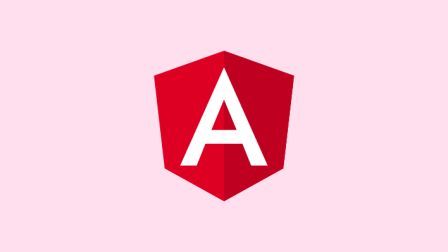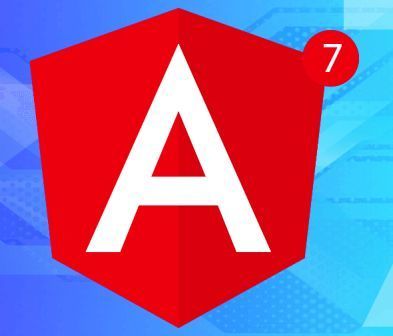Most Asked React Interview Questions with Answers
Are you looking for React Interview Questions? Are you preparing for ReactJS interview for job? This is the right place you have come. Here, we will guide and help you to enhance your React skills, and to be prepared for job.
Most of the product based companies ask React questions in the interview. Here, we are providing a good collection of real-world React Interview questions which are generally asked in big companies such as Google, Microsoft, Facebook, Oracle, and Amazon etc. Each question has a perfectly written answer. So, let’s start.
Que 1) What is React? / What do you understand by React?
React is an efficient, flexible, front-end and open-source JavaScript library which is very useful in developing user interfaces specifically single page applications. It allows developers to create simple, fast, and scalable web applications. React was created by Jordan Walke, a software engineer who was working for Facebook at that time when he developed React. React was first deployed on the news feed of Facebook in 2011 and on Instagram in 2012. React is very popular nowadays because it is helpful in building complex and reusable user interface (UI) components of mobile and web applications as it follows the component-based approach. React is easy to learn. Developers from the JavaScript background can easily learn this language and develop web applications with the help of it.
Que 2) What are the most important features of React?
Following is a list of the most important features of React:
- JSX: The syntax extension to JavaScript is called JSX. It is used with React to describe what the user interface should look like. It also facilitates us to write HTML structures in the same file that contains JavaScript code.
- Virtual DOM: Virtual DOM is a lightweight representation of the real DOM that React keeps in the memory. It makes React a fast language as when the state of an object changes, virtual DOM changes only that object in the real DOM, rather than updating all the objects. At the end, it enhances the speed of the project.
- Components: Components are the main building blocks of any React application. A single app usually contains multiple components. It splits the user interface into independent, reusable parts that can be processed separately.
- One-Way Data Binding: React supports one-way data-binding that keeps everything modular and fast. One-way data-binding means unidirectional data flow. It means when we design a React app, we often nest child components within parent components.
- High performance: React provides high performance because it updates only those components that have changed, rather than updating all the components at a time. That is why it develops much faster web applications.
- The implementation of React is cheap as it makes use of the virtual DOM rather than RealDOM (Data Object Model). A RealDOM manipulation is expensive.
- React supports server-side rendering.
- React uses reusable or composable UI components for developing the view.
Most Asked React Interview Questions
Que 3) What is JSX and why is it used?
JSX is a syntax extension of JavaScript. JSX is used with React to describe the structure of UI and what the user interface should look like. It facilitates developers to write HTML structures in the same file that contains JavaScript code.
Que 4) Can a web browser read the JSX directly?
No. it is not possible for a web browser to read the JSX directly. This is because the web browsers are built to only read regular JS objects and JSX is not a regular JavaScript object. If a web browser wants to read a JSX file, the file needs to be transformed into a regular JavaScript object. We use Babel to deal with this issue.
Que 4) What are the main advantages of using React?
React provides us the following advantages:
React is SEO friendly
React facilitates developers to develop engaging user interfaces that are SEO friendly and can be easily navigated in various search engines. It also allows server-side rendering, which enhances the SEO of an app.
React uses Virtual DOM to improve efficiency
React uses virtual DOM to render the view which improves efficiency. A virtual DOM is a virtual representation of the real DOM. Every time the data changes in a React app, a new virtual DOM is created. Creation of a virtual DOM is much faster than rendering the UI inside the browser. So, the use of virtual DOM enhances the efficiency of the app.
Reusable components
React uses component-based architecture for developing applications. Components are the independent and reusable bits of code. As React uses Reusable components, these components can be shared across various applications having similar functionality. The re-use of components increases the pace of development.
Gentle learning curve
React provides a gentle learning curve when compared to frameworks like Angular. Even a newcomer can learn react easily. If you have a little knowledge of JavaScript, you can start building web applications using React.
React has a huge ecosystem of libraries
React has a huge ecosystem of libraries so, it provides you the freedom to choose the tools, libraries, and architecture for developing an application based on your requirement.
Que 5) What are the main disadvantages or limitations of React?
The main disadvantages or limitations of React are as follows:
- React cannot be called a complete framework as it is only a library.
- React has a huge number of components and will take time to fully grasp the benefits of all.
- Some parts of React may be difficult for beginner programmers to understand.
- Sometimes coding in React become complex as it will make use of inline templating and JSX.
Most Asked React Interview Questions









